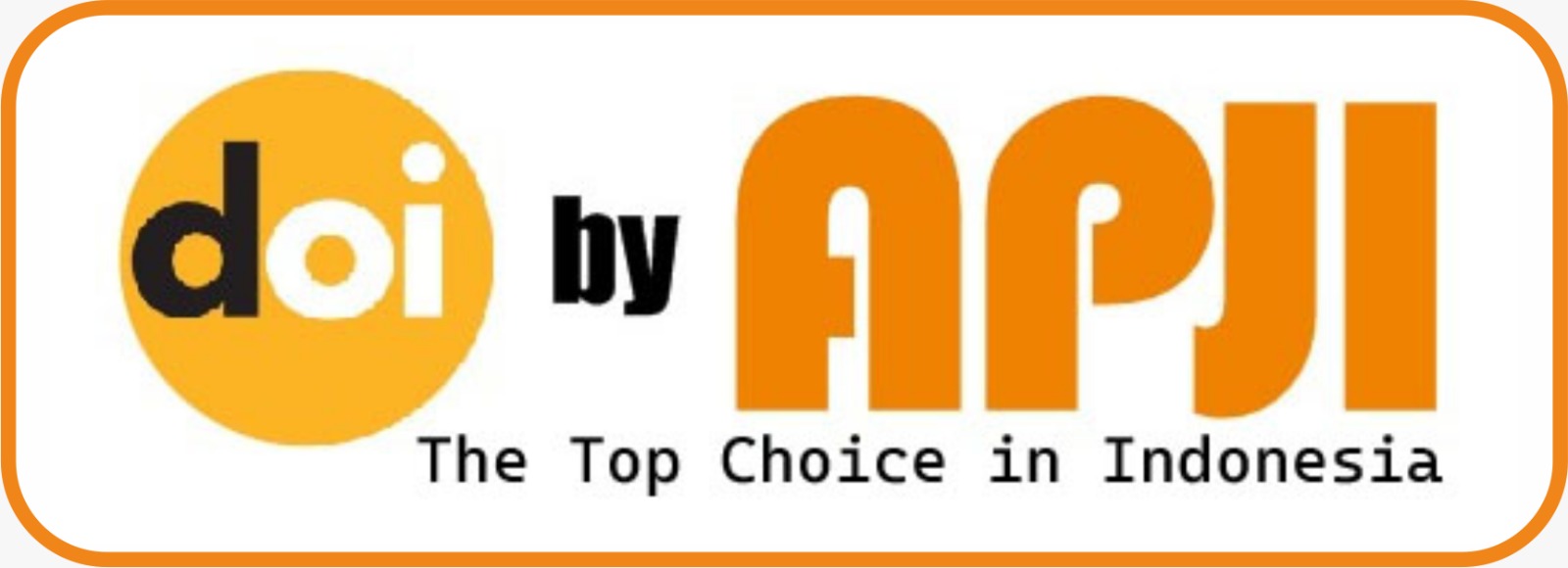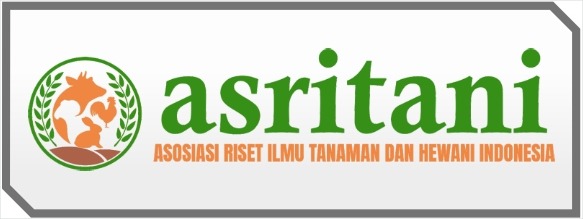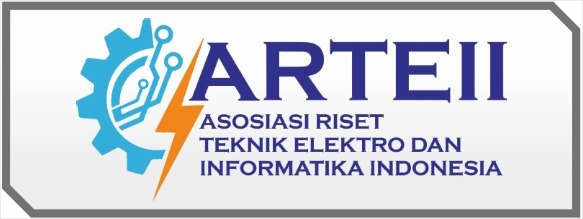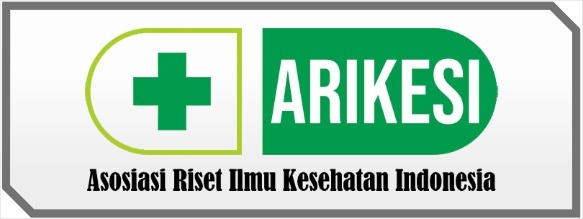Simulation of Urban Growth in Ternate Island using Cellular Automata Markov Chains Models
DOI:
https://doi.org/10.69930/ajer.v2i1.310Keywords:
Cellular Automata Markov Chains, GIS, Ternate, Urban GrowthAbstract
Ternate Island is part of the administrative area of Ternate City, North Maluku Province which was once the capital of the province and the center of government continues to experience physical development. This study aims to analyze the development of urban growth in Ternate Island in the period 2004-2032. The cellular automata markov chain method uses 2004, 2014 and 2024 land cover data and driving factors consisting of elevation, slope, distance from road and distance from POI to predict urban growth. The results of the analysis show that the urban area continues to increase in area, namely in 2004 the urban area had an area of 1,424.14 ha, 2014 an area of 1,728.45 ha and in 2024 an area of 2,010.78. The prediction results of urban growth on Ternate Island in 2032 show that the urban area has an area of 2,884.37 ha. Based on the research results from the application of the markov chain cellular automata method, it is hoped that these findings can be taken into consideration in designing a sustainable spatial arrangement of Ternate City. So that ecological balance, environmental balance and food security can be maintained and meet the requirements of a city that has the carrying capacity and environmental capacity.
References
1. Jamali AA, Behnam A, Almodaresi SA, He S, Jaafari A. Exploring factors influencing urban sprawl and land-use changes analysis using systematic points and random forest classification. Environ Dev Sustain. 2023 Jul 28;26(5):13557–76.
2. Kaur H, Garg P. Urban sustainability assessment tools: A review. J Clean Prod. 2019;210:146–58.
3. Salakory, M., Rakuasa H. Modeling of Cellular Automata Markov Chain for predicting the carrying capacity of Ambon City. J Pengelolaan Sumberd Alam dan Lingkung. 2022;12(2):372–87.
4. Silver C. Rapid Urbanization: The Challenges and Opportunities for Planning in Indonesian Cities. In 2024. p. 35–48.
5. Song X, Feng Q, Xia F, Li X, Scheffran J. Impacts of changing urban land-use structure on sustainable city growth in China: A population-density dynamics perspective. Habitat Int. 2021 Jan;107:102296.
6. Heinrich Rakuasa GS. Analisis Spasial Kesesuaian dan Evaluasi Lahan Permukiman di Kota Ambon. J Sains Inf Geogr (J SIG). 2022;5(1):1–9.
7. Rakuasa, H., & Pakniany Y. Spatial Dynamics of Land Cover Change in Ternate Tengah District, Ternate City, Indonesia. Forum Geogr. 2022;36(2):126–35.
8. Kirby MG, Scott AJ, Luger J, Walsh CL. Beyond growth management: A review of the wider functions and effects of urban growth management policies. Landsc Urban Plan. 2023 Feb;230:104635.
9. Guan D, Li H, Inohae T, Su W, Nagaie T, Hokao K. Modeling urban land use change by the integration of cellular automaton and Markov model. Ecol Modell. 2011 Oct;222(20–22):3761–72.
10. Ustaoglu E, Aydınoglu AC. Regional Variations of Land-Use Development and Land-Use/Cover Change Dynamics: A Case Study of Turkey. Remote Sens. 2019 Apr 11;11(7):885.
11. BPS. Indikator Tujuan Pembangunan Berkelanjutan (TPB ) Indonesia 2019. Subdirektorat Indikator Statistik, editor. Jakarta: BPS RI; 2023. 284 p.
12. Hidayat A, Marfai MA, Hadmoko DS. The 2015 eruption of Gamalama volcano (Ternate Island–Indonesia): precursor, crisis management, and community response. GeoJournal. 2022 Feb 6;87(1):1–20.
13. BPS. Kota Ternate Dalam Angka Tahun 2023. BPS Kota Ternate, editor. Ternate: BPS Kota Ternate; 2024. 294 p.
14. Latue, P. C., & Rakuasa H. Analysis of Land Cover Change Due to Urban Growth in Central Ternate District, Ternate City using Cellular Automata-Markov Chain. J Appl Geospatial Inf. 2023;7(1):722–8.
15. Zhou Y, Wu T, Wang Y. Urban expansion simulation and development-oriented zoning of rapidly urbanising areas: A case study of Hangzhou. Sci Total Environ. 2022;807:150813.
16. He Q, He W, Song Y, Wu J, Yin C, Mou Y. The impact of urban growth patterns on urban vitality in newly built-up areas based on an association rules analysis using geographical ‘big data.’ Land use policy. 2018 Nov;78(July):726–38.
17. Rakuasa H, Sihasale DA, Somae G, Latue PC. Prediction of Land Cover Model for Central Ambon City in 2041 Using the Cellular Automata Markov Chains Method. J Geosains dan Remote Sens. 2023 May 30;4(1):1–10.
18. Manfré LA, Cruz BB, Quintanilha JA. Urban Settlements and Road Network Analysis on the Surrounding Area of the Almirante Alvaro Alberto Nuclear Complex, Angra dos Reis, Brazil. Appl Spat Anal Policy. 2020;13(1):209–21.
19. Latue PC, Rakuasa H. Land Cover Change Analysis of Ternate Selatan Sub-district, Ternate City in 2014 and 2024. Int J Selvic Asean. 2024 May;1(1):17–22.
20. Rakuasa, H., Sihasale , D. A., & Latue PC. Spatial pattern of changes in land surface temperature of seram island based on google earth engine cloud computing. Int J Basic Appl Sci. 2023;12(1):1–9.
21. Ajeeb R, Aburas MM, Baba F, Ali A, Alazaiza MYD. The Prediction of Urban Growth Trends and Patterns using Spatio-temporal CA-MC Model in Seremban Basin. In: IOP Conference Series: Earth and Environmental Science. 2020. p. 012028.
22. Kafy A- Al, Naim MNH, Subramanyam G, Faisal A-A-, Ahmed NU, Rakib A Al, et al. Cellular Automata approach in dynamic modelling of land cover changes using RapidEye images in Dhaka, Bangladesh. Environ Challenges. 2021 Aug;4:100084.
23. Fitawok MB, Derudder B, Minale AS, Van Passel S, Adgo E, Nyssen J. Modeling the Impact of Urbanization on Land-Use Change in Bahir Dar City, Ethiopia: An Integrated Cellular Automata–Markov Chain Approach. Land. 2020;9(4).
24. Aburas MM, Ahamad MSS, Omar NQ. Spatio-temporal simulation and prediction of land-use change using conventional and machine learning models: a review. Environ Monit Assess. 2019;191(4):205.
25. Almdhun HM, Mallak SK, Aburas MM, Md Said MA, Ghadiri SM. Measuring and predicting urban growth patterns and trends in Putrajaya, Malaysia. IOP Conf Ser Earth Environ Sci. 2018 Jul 31;169:012114.
26. Achmadi PN, Dimyati M, Manesa MDM, Rakuasa H. Model Perubahan Tutupan Lahan Berbasis Ca-Markov: Studi Kasus Kecamatan Ternate Utara, Kota Ternate. J Tanah dan Sumberd Lahan. 2023 Jul 1;10(2):451–60.
27. Somae, G., Supriatna, S., Rakuasa, H., & Lubis AR. Pemodelan Spasial Perubahan Tutupan Lahan Dan Prediksi Tutupan Lahan Kecamatan Teluk Ambon Baguala Menggunakan Ca-Markov. J Sains Inf Geogr (J SIG). 2023;6(1):10–9.
28. Rakuasa H, Sihasale DA, Latue PC. Model Tutupan Lahan di Daerah Aliran Sungai Kota Ambon Tahun 2031: Studi Kasus DAS Wai Batu Gantung, Wai Batu Gajah, Wai Tomu, Wai Batu Merah Dan Wai Ruhu. J Tanah dan Sumberd Lahan. 2022 Jul 1;9(2):473–86.
29. Subiyanto S, Amarrohman FJ. Analysis of Changes Settlement and Fair Market Land Prices to Predict Physical Development Area Using Cellular Automata Markov Model and {SIG} in East Ungaran Distric. {IOP} Conf Ser Earth Environ Sci. 2019 Aug;313:12002.
30. Ghosh P, Mukhopadhyay A, Chanda A, Mondal P, Akhand A, Mukherjee S, et al. Application of Cellular automata and Markov-chain model in geospatial environmental modeling- A review. Remote Sens Appl Soc Environ. 2017;5:64–77.
31. Girma R, Fürst C, Moges A. Land use land cover change modeling by integrating artificial neural network with cellular Automata-Markov chain model in Gidabo river basin, main Ethiopian rift. Environ Challenges. 2022;6:100419.
32. Chang H, He G, Wang Q, Li H, Zhai J, Dong Y, et al. Use of sustainability index and cellular automata-Markov model to determine and predict long-term spatio-temporal variation of drought in China. J Hydrol. 2021;598:126248.
33. Rakhmonov S, Umurzakov U, Rakhmonov K, Bozarov I, Karamatov O. Land Use and Land Cover Change in Khorezm, Uzbekistan. Foldvary L, Abdurahmanov I, editors. E3S Web Conf. 2021 Jan 6;227:01002.
Downloads
Published
How to Cite
Issue
Section
License
Copyright (c) 2025 Heinrich Rakuasa, Vadim V. Khromykh

This work is licensed under a Creative Commons Attribution-ShareAlike 4.0 International License.























